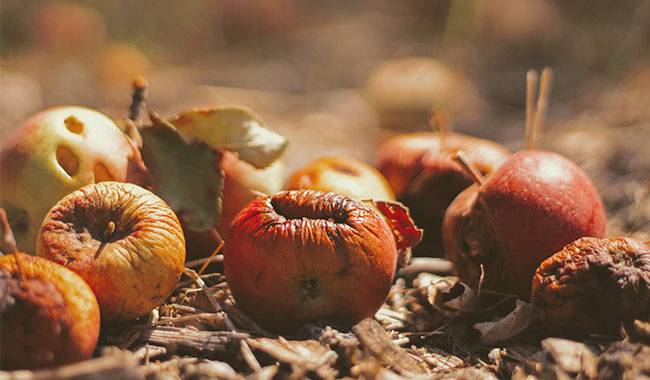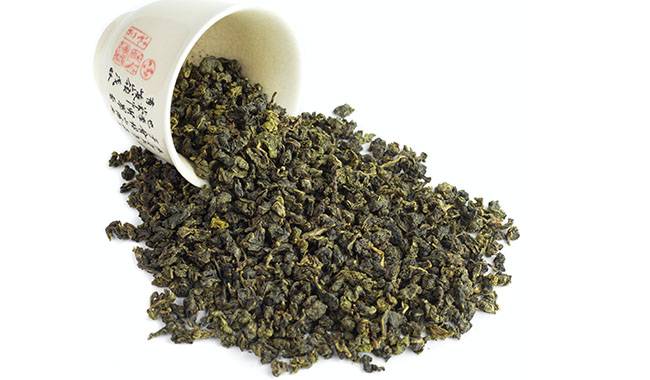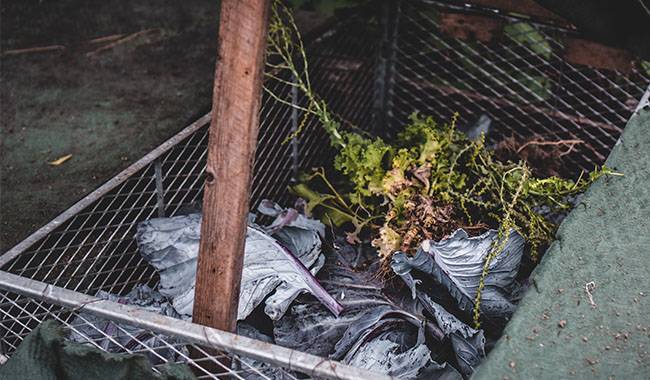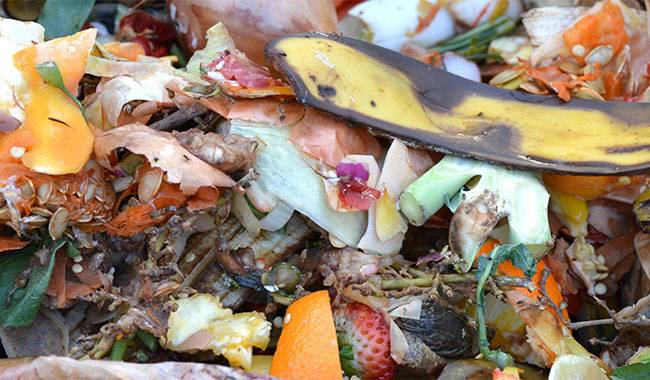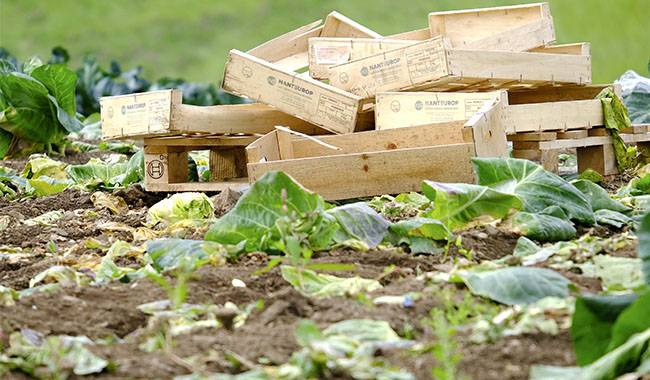
Every owner, who has a summer house or yard, necessarily allocates a place where he dumps all the waste: vegetables, garden, kitchen, home, from animals, including pets, etc… As it decomposes, it forms compost. The more diverse the composition of the waste, the better the quality of the compost.
But there is one condition: only healthy plant material can be selected for composting. Otherwise, the compost becomes “dirty” and needs to be protected from disease and bacteria, weed seeds removed and pests destroyed.
So you mean you can’t put sick plants and weeds into the compost pile? Yes, you can. But in this case, composting requires some additional work.
WHAT IS COMPOSTING?
Compost is a concentrate of organic matter that has been fermented or decomposed. Compost is prepared in two ways: aerobically and anaerobically. In the first case (aerobic method), the compost is placed gently (not compacted). The pile should be turned on daily or every other day. The high oxygen content of the loose biomass ensures a faster fermentation rate.
If the compost material is not cleaned, the compost pile becomes “dirty” and often spreads germs and weeds. Weed seeds and spores of fungi and other diseases do not die during the short maturation period.
The second method (anaerobic) is more time-consuming but preserves more of the valuable nutrients that plants need. The compost pile can be filled with various coarse organic materials (dry and coarse branches, coarse wood chips, roots, etc.) to increase the value of the biofertilizer.
In the second method, the components are well compacted and, on the contrary, the entry of air is reduced. Compared to the first method, it is not necessary to shovel the contents of the hopper as often. The temperature of the bin/compost pile is maintained at 68-86°F (20-30°C). However, under these conditions, weed seeds and fungal disease spores do not die either.
WHAT CAN I PUT IN MY COMPOST PILE TO MAKE IT “CLEAN”?
You can put one type or a mix of municipal waste on your compost pile, which is processed by microorganisms in the soil into nutrients that can be used by plants. The more types of waste you have, the richer and better the compost pile.
More of one type of waste will produce a depleted compost pile. In such a biofertilizer, there is an insufficient proportion of carbon and nitrogen (elements important for plants) and a large deficiency of other elements needed for normal plant development.
If there is too much carbon (large branches, dense stems of peppers and eggplants, dried bark, etc.), the composting process slows down until the excess carbon escapes in the form of carbon dioxide. In this case, the composting time is longer. If there is too much nitrogen (rich in leaves, grasses, vegetables, fruits, leftovers, etc.), it will evaporate from the compost, with losses of up to 30%.
The more diverse the ingredients, the richer the nutrient content of the compost.
The materials used in “pure” composting are:
- wood waste: branches, wood chips, shavings, sawdust, plant roots, bark, and wood chips, but not oiled and otherwise colored; these are used in the compost pit as drainage and loosening agents (to drain excess water and increase airflow).
- grass clippings, cabbage leaves without any signs of fungus and other diseases, healthy carrot and beet leaves, above-ground parts of peppers and eggplants (healthy)
- autumn fruits and vegetables (healthy).
- manure of domestic animals, on the one hand-processed fertilizer and, on the other hand, warm components that accelerate the decomposition of other wastes
- food waste, excluding food residues containing meat and dairy products.
- mushroom shells.
- waste paper (napkins and paper towels, single-ply cardboard).
WHAT WASTE CANNOT BE USED IN A “CLEAN” COMPOST PILE?
Potato, tomato and cucumber leaves should not be added to the compost pile. Most of them are collectively infected with Phytophthora and other fungal diseases at the end of summer, and their spores remain viable for a long time and can infect plants if they enter a favorable environment (soil).
Do not use rotten apples (scabbed ones), fallen plums, cherries, cherries, peaches, apricots, grapes in compost. Their smell attracts rodents. In addition, fruit and grape skins are slow to decompose, but seedling growth forms quickly, turning compost piles into new weedy places.
Weeds with seeds and roots should not be composted. Even seeds from immature flowers and inflorescences that mature in the soil and maintain their germination rate can be composted and sown in the field.
Do not compost grasses with tenacious root systems (rhizomatous grasses, rhizomatous grasses), which survive even when partially decayed.
In addition, animal bones or fish bones should not be added to the compost pile:
- animal and fish bones (which attract rodents).
- moldy bread (mold can enter the soil and infect garden plants)
- weeds, which are treated with the help of herbicides (residues of undecomposed pesticides – soil contaminants)
- multi-layered glued cardboard, painted wood, glossy colored paper, polyethylene, and plastic waste (only organic waste can be put into the compost pile)
- pet feces and cat litter contents (waste may contain toxoplasma parasites, which are harmful to the health of children and adults).
All listed ingredients and some others that we may not have mentioned in the list must be disposed of. It is best to burn them and use the ashes as fertilizer. Plastics and materials containing heavy metals should be disposed of separately.
HOW DO I GET A “DIRTY” COMPOST PILE CLEAN?
If all the waste on the compost pile is dumped, including the above blacklisted waste, then the compost is “dirty” and needs to be decontaminated.
The most appropriate method is to use a “hot” compost pile to get rid of worms and clean the compost. With this method, the compost must be made from fresh manure or nitrogen-rich material. Excess nitrogen is released in the form of ammonia, which has a warming effect.
Ingredients are mixed every 3-4 days to increase oxygen intake and sufficient moisture (in the 60% range) to rapidly raise the temperature in the compost pile to 149-167°F (65-75°C). Under these conditions, weed seeds, fungal pathogen spores, spirochete eggs, and pest larvae will die. Also most of the useful and pathogenic microflora perish.
When excess heated material is burned off, the temperature of the pile/compost is reduced to 68-77°F (20-25°C). From then on, the compost is mixed even less often, after 12-14 days. The normal fermentation process is carried out.
To restore the positive microflora, wet the compost with a working solution or a related agent.




